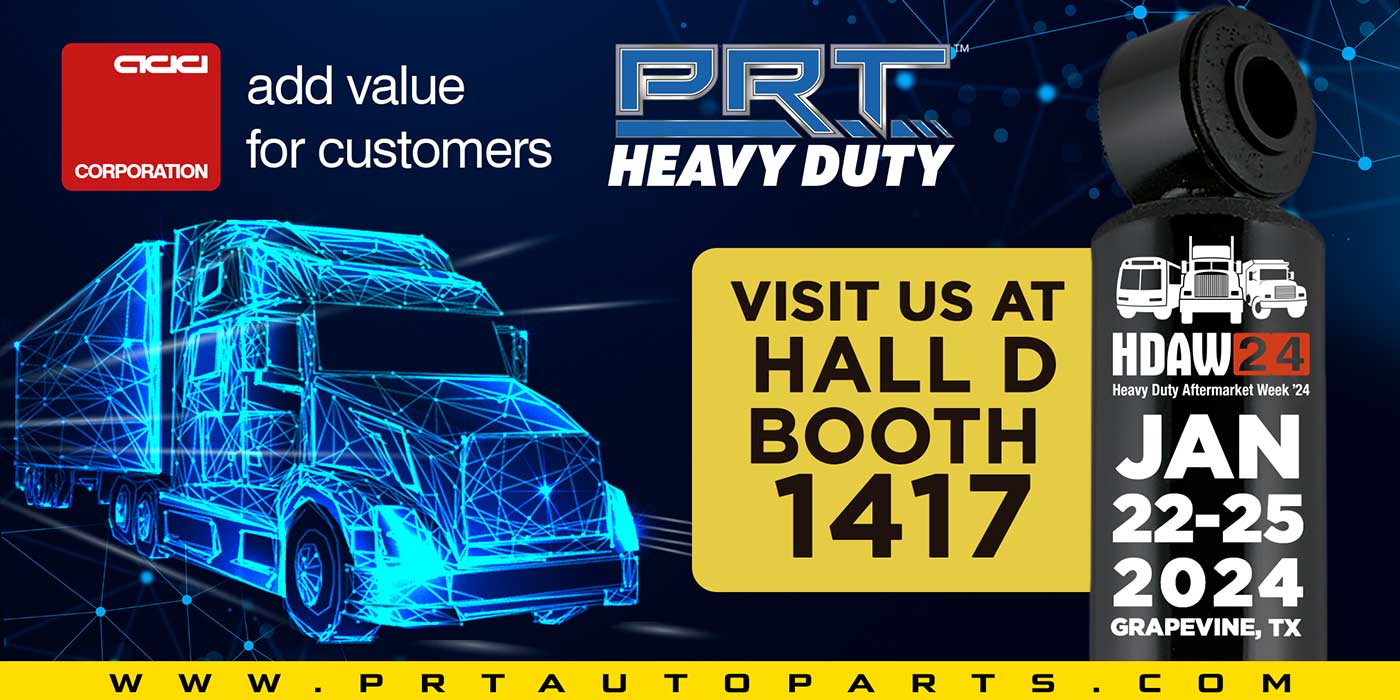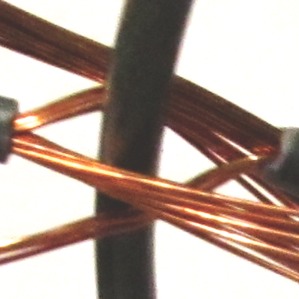
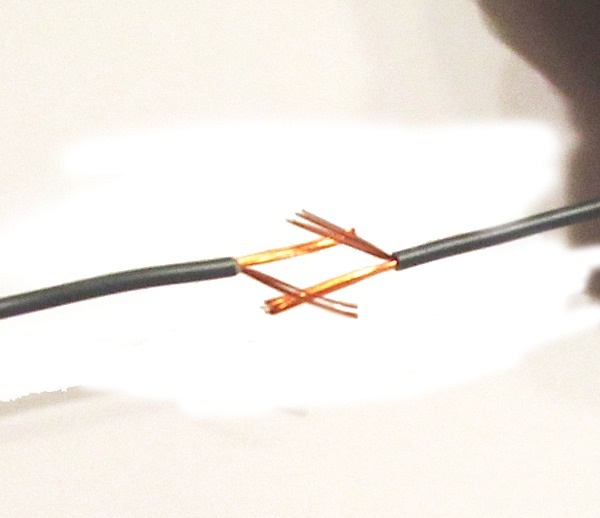
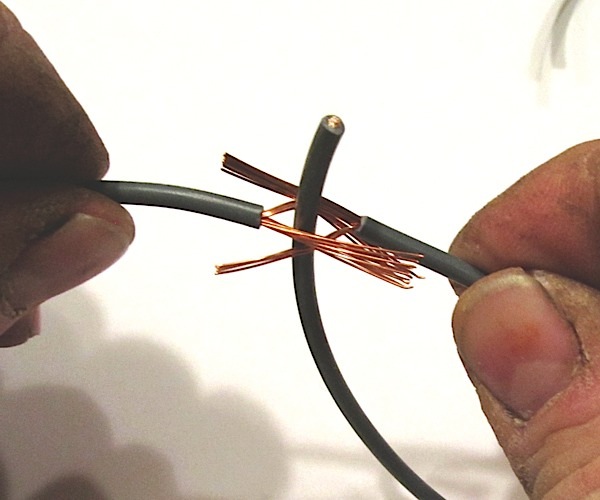
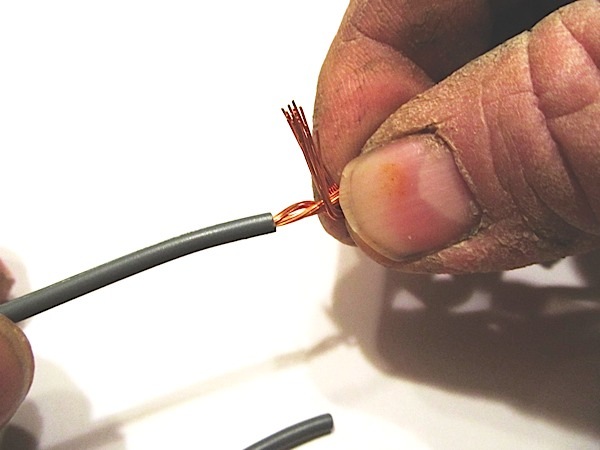
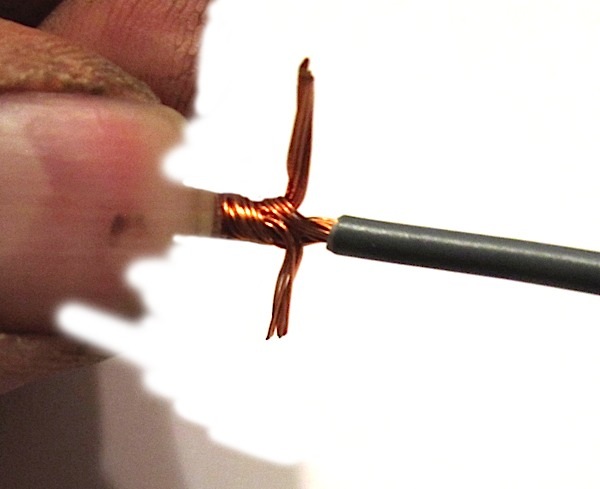
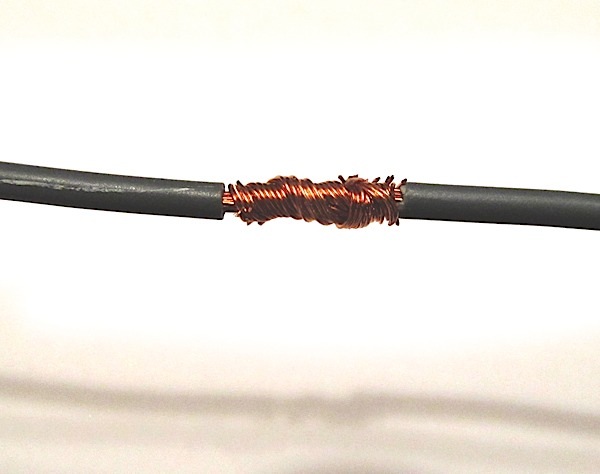
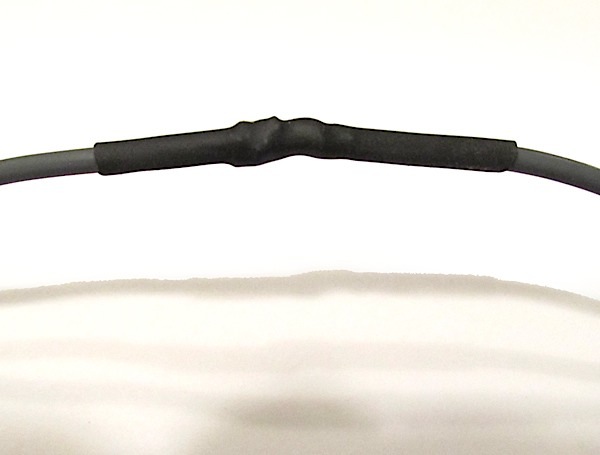







The online training and question and answer sessions are free of charge.
Snap-on national training manager Keith Wray will continue to hold weekly new product training sessions throughout the year that give professional technicians the opportunity to learn more about Snap-on Fast-Track Intelligent Diagnostics tools such as the ZEUS, TRITON and APOLLO series.
The online training and question and answer sessions are free of charge and are conducted as follows:
“The fact is, the most expensive tool may not be the best tool for you. It depends on what vehicles you work on and what you want out of the tool.” – Dwayne Myers, Dynamic Automotive, Frederick, MD Related Articles – ISN’s Annual Tool Dealer Expo Gives Attendees Sneak Peek at New Products – Editor’s
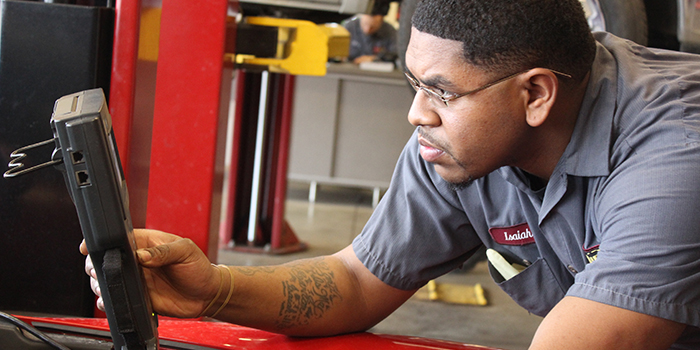
The TechShop team and more than 3,500 attendees from around the world recently joined Integrated Supply Network (ISN) at its 14th annual Tool Dealer Expo June 24-25 in Orlando, FL. There, suppliers launched new products and gave away more than $2 million in cash and prizes throughout the weekend event. Related Articles – Beyond the
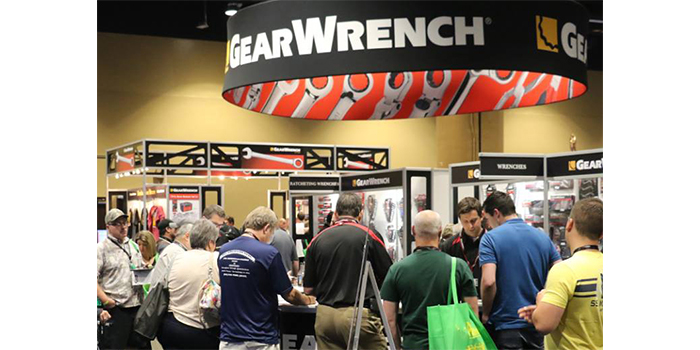
For the past year and a half, in addition to being editor of TechShop, I’ve also carried the role as editor of our student publication Tomorrow’s Tech, which is delivered to NATEF-certified automotive technical programs throughout the U.S. With this responsibility, I’m keenly aware of the industry’s need for the next generation of automotive service

All three of Cebotech’s MIG welders (models 301, 302 and 322) were designed to make aluminum welding easier. Related Articles – New Snap-on Limited Edition Speed Demon Roll Cab – Lisle Low Profile Fuel Line Disconnect – Dent Fix Soft-Shock Mallet DF-SM76 Reduces Damage They’re supplied with built-in welding programs for easy setup, and are ready for a

The company has named Craig Edmonds as president of asTech among other executive appointments.

The new items come to expand the PRT portfolio in North American Market and represents more than 12 Million vehicles in new coverage.
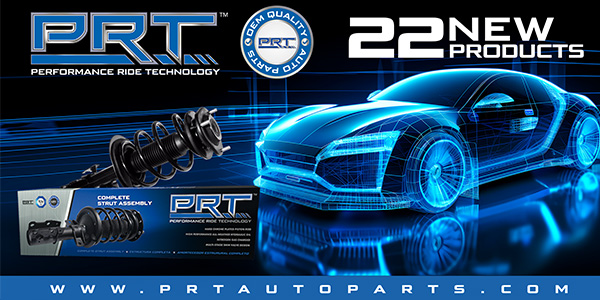
Autel partners with MOTOR Information Systems to provide an improved experience for users and more streamlined access to OEM repair information using MOTOR’s TruSpeed Repair.
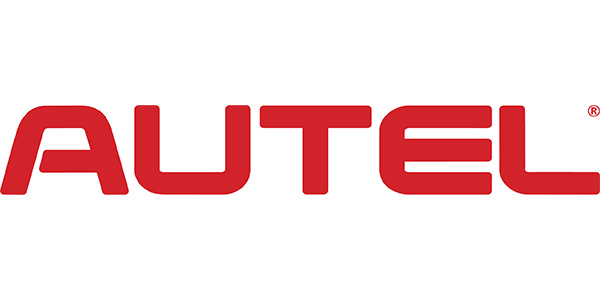
PRT is exhibiting a full line of shocks and air springs for heavy-duty applications.
